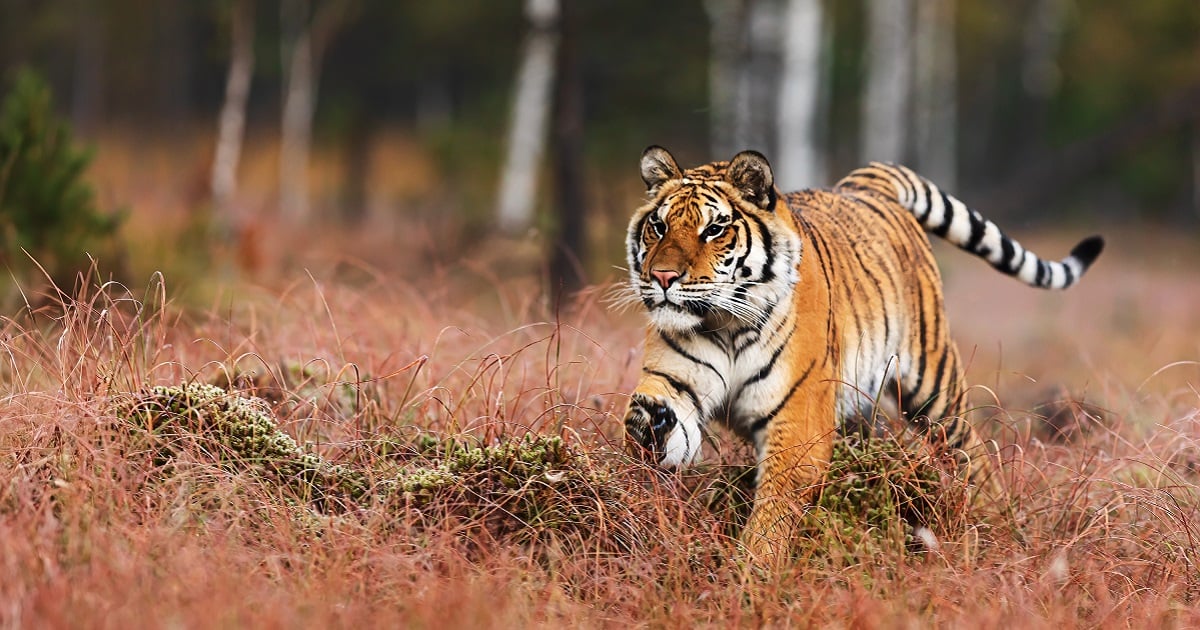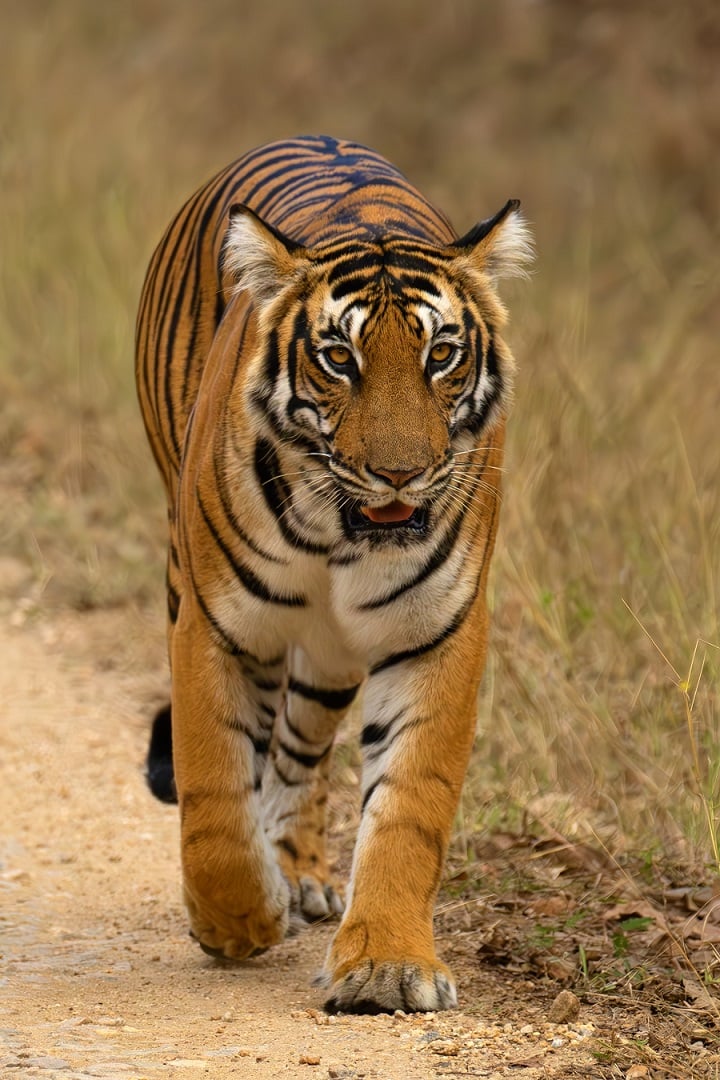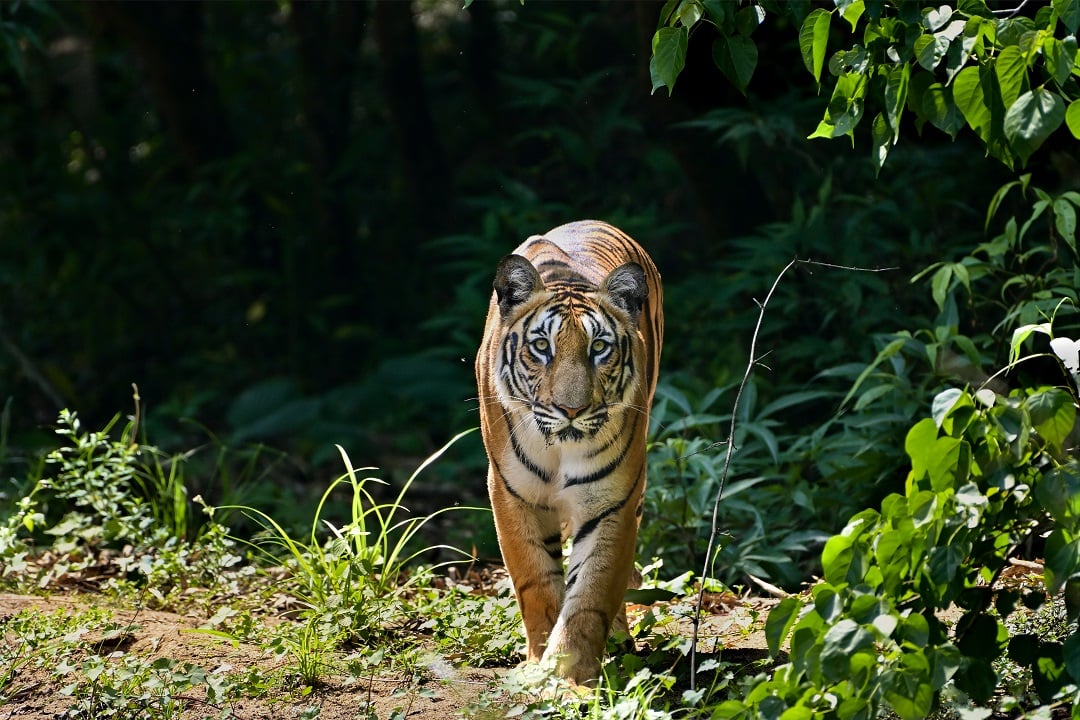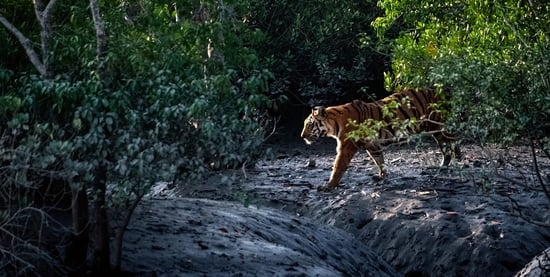
Tiger facts
Common name: Tiger
Scientific name: Panthera tigris
Distribution: Asia
Here are some terrific facts about tigers!
These larger-than-life animals are mostly solitary aside from the relationship between a mother and her cubs. An individual will keep a large territory to itself, covering between 8km to 95km.
In the wild, cubs will spend up to two years with their mother growing strong and learning from her. Some tendencies are instinctive but much of this time is vital training for the cubs – like learning how to hunt. This is an important developmental period where cubs learn key life skills and natural behaviours.
The study of tigers is somewhat contested. Depending on the source there are either two subspecies, the Sunda and the Continental Tiger, or six remaining subspecies of tiger including the Indo-Chinese, Bengal, Amur (Siberian), Sumatran, South China and Malayan tiger.
Despite the academic disagreement, everyone agrees the biggest of the bunch is the Siberian Tiger, weighing in at around 300kg with the largest ever recorded being a massive 384kg animal.
The average house cat has a reputation for disliking water, but it couldn’t be further from the truth for a tiger, they love to swim! And it’s a great way for those in warmer climates such as east Asia to cool off.


Tigers are sentient beings – they think, feel, and have unique personalities
- Tigers use ear postures, facial expressions and body language to communicate their intentions.
- An aggressive tiger may twist back his ears, lash his tail, open his eyes wide, and slightly open his mouth to communicate his aggressive intent.
- A defensive tiger may flatten her ears, bare her teeth, narrow her eyes and hang her tail low.
- A relaxed tiger will have upright ears and an upright tail.
- The majority of wild tigers in India live in close contact with humans. Unfortunately, this proximity can disturb wildlife; tigers can become stressed by high levels of tourism as shown by increased levels of stress hormones in tigers as the number of tourists in an area grows.
- Tigers all have unique personalities, and these can affect how they cope with captivity. While all tigers suffer immensely in captivity, shy tigers and less explorative individuals are likely to find captivity more stressful.
- Captive Sumatran tigers tend to be more anxious, compared with Amur tigers.
- Despite being predominantly solitary animals, tigers can communicate in several ways;
- A tiger’s roar is unique, and a tiger can tell who is roaring and what their intention is, even from over 3km away.
- They also make friendly vocalizations like the domestic cat’s purr, these are called chuffing, or prusten. A male tiger wanting to mate is likely to make chuffing sounds.
- A mother tiger will make soft groans to call her cubs, or to signal a non-threatening approach to another tiger.
- Scent marking is one of the most effective ways for tigers to communicate, and scientists have found that a tiger’s marking fluid has over 100 different chemical components.
